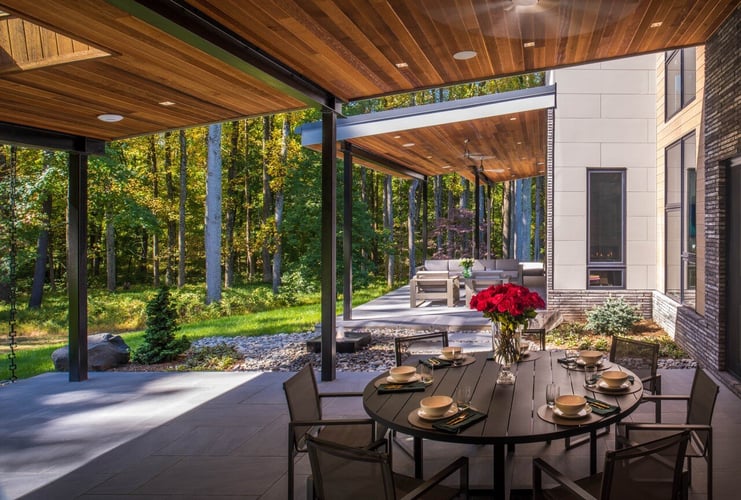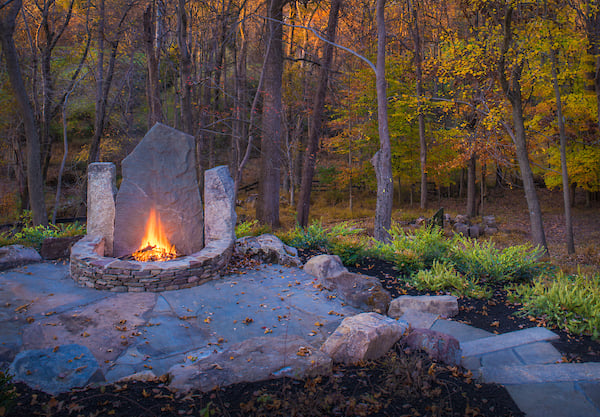Let’s be real—building or renovating a home is a minefield. You put in time, money, and energy, but sometimes your space just doesn’t feel right. Something’s missing. You deserve better than a home that drains you or makes you restless. This is where Vastu Shastra comes in—no gimmicks, no fluff, just pure ancient wisdom that works by aligning your home with the forces of nature. If you want a deeper dive into what Vastu Shastra really is, here’s a great primer that breaks it down clearly.
Here at AV Architects + Builders, we’re not from India, but we don’t blindly follow trends. We believe in results. We’ve studied, adapted, and applied Vastu principles in ways that respect tradition and deliver modern, livable spaces. Why? Because energy matters. Because your home is your fortress, and it should fuel your success, health, and happiness—not hold you back. Our experience building custom homes—like those with carefully designed layouts and doors—gives us a unique edge when integrating these ancient concepts with cutting-edge design.
Read on. You’ll get the real deal: what Vastu really is, why it’s not just superstition, why it’s gaining serious traction even here, and how you can tap into it for your own home. This isn’t just theory—it’s your next power move.

The Architect House, Great Falls, Virginia, AV Architects + Builders, Photography by Maxwell Mackenzie
What is Vastu Shastra?
Vastu Shastra is rooted in Vedic Indian systems and aims to create balanced, healthy environments by aligning your home with nature. It draws upon five fundamental elements—Prithvi (Earth), Jal (Water), Agni (Fire), Vayu (Air), and Akash (Space)—collectively known as Panchbhuta. These elements influence our lives in ways both subtle and powerful. When you design your space to align with these elements and their directional energies, you promote a flow of positive energy, known as Prana, which fosters wellness, clarity, and prosperity.
Want a deeper understanding of the origins and deeper meanings of Panchbhuta? This article from Vastu-Shastra.co.uk offers an excellent breakdown of how these five elements guide the structure of Vedic Vastu Shastra.
The Five Elements of Vastu Shastra
Let’s go deeper into the Panchbhuta and how they work in your home:
- Earth (Prithvi)
Earth represents grounding, stability, and nurturing energy. It's associated with the Southwest direction. Vastu encourages using natural materials like wood, clay, and stone in this zone. It’s also the ideal placement for bedrooms to enhance security and rest.
- Water (Jal)
Water is tied to flow, emotion, and prosperity. It governs the Northeast direction, which is ideal for water features like bathrooms, fountains, or even sinks. Positioning water here promotes peace, purity, and a calm mind.
- Fire (Agni)
Fire symbolizes transformation, passion, and energy. The Southeast corner of your home is Agni’s domain—perfect for kitchens or anything heat-related. Keep candles or light sources in this area to strengthen fire energy.
- Air (Vayu)
Air brings freshness, communication, and movement. It rules the Northwest direction. Ensure proper window placement and ventilation here to encourage clarity and mental balance. According to Vastu, even the West shares air’s energetic influence—supporting travel, change, and opportunity.
- Space (Akash)
Space governs openness, expansion, and spiritual growth. It exists in the center of your home and radiates outward. Leave this area uncluttered—think skylights, courtyards, or simply open space that allows energy to circulate.
Want a visual and spatial approach to these ideas? See how the power of negative space in home design reinforces Vastu’s wisdom.

The Inside Out Home, Great Falls, Virginia, AV Architects + Builders, Photography by Maxwell Mackenzie
Practical Tips for Balancing Vastu Elements in Your Home
Balance is everything in Vastu. Here’s how to apply it practically:
- Direction of Rooms:
Master bedroom in the Southwest, kitchen in the Southeast, and study or office in the West or Northwest. The Northeast is perfect for prayer rooms or water features.
- Use Specific Colors:
Go for earthy tones in the Southwest, calming blues or greens in the Northeast, and whites in the East to reflect purity.
- Lucky Enhancers:
Place plants in the East or North for freshness. Use mirrors in the North or East to reflect energy. Install soft lighting in the Southeast to energize the Fire element.
- Furniture & Decor:
Make your living room work with these elements—our guide to living room furniture is a great place to start. For outdoor spaces, check this guide.
Vastu vs Feng Shui: Which is Better?
Let’s get real. Both Vastu Shastra and Feng Shui are powerful, ancient systems—but they’re not the same. Vastu is directional and elemental, while Feng Shui is more fluid and relies on the Bagua map and Qi flow.
Which is better? That’s personal. But don’t take our word for it—this comparison by MagicBricks and Architectural Digest give you the rundown. Use whichever speaks to your goals. Or combine both—just do it intentionally.
Vastu in Northern Virginia: Is It Gaining Popularity?
You bet it is. While it’s still newer than Feng Shui in the U.S., Vastu is catching on fast in places like Northern Virginia. More homeowners are exploring holistic ways to build homes that are not just beautiful but energetically aligned.
From international clients to locals looking for a design edge, Vastu is finding its place in custom builds and renovations. And with expert builders like AV Architects + Builders bringing this wisdom into local architecture, the interest is only growing.






